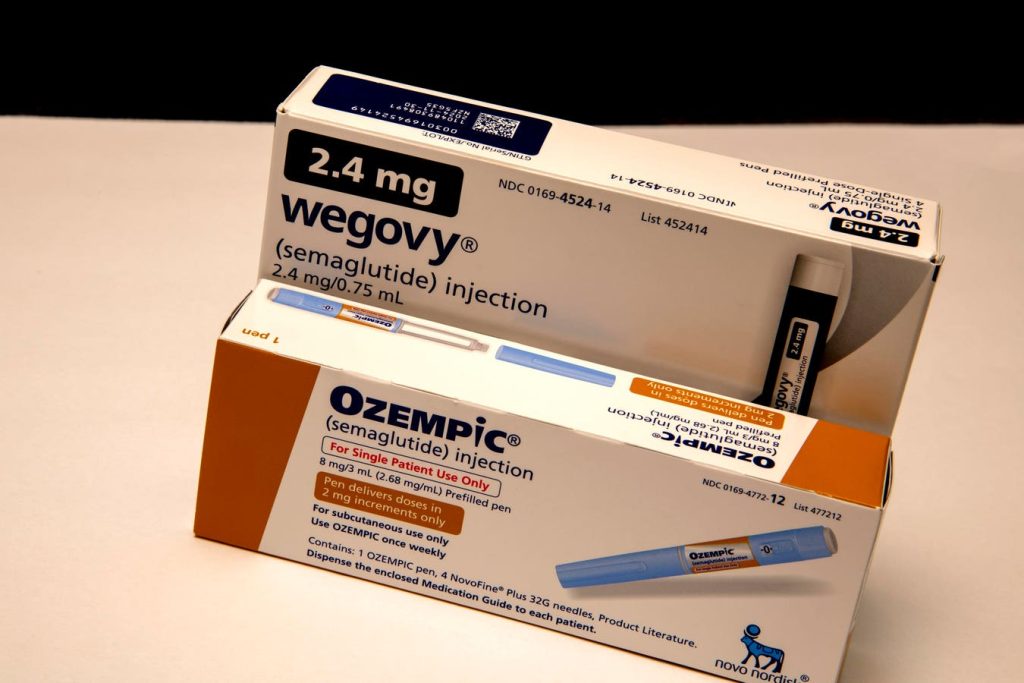Donald Trump faces a complex decision regarding Medicare coverage for weight-loss drugs like Ozempic and Wegovy. These GLP-1 medications, while effective in combating obesity and related health issues, carry hefty price tags, exceeding $900 per month. While a prior administration initiated the process to allow Medicare coverage for these drugs, the final decision rests with the incoming Trump administration. This presents a multifaceted challenge, laden with political opportunities and potential pitfalls. One compelling path forward involves leveraging the existing drug price negotiation framework to secure significantly lower prices from pharmaceutical companies in exchange for expanded Medicare coverage.
This potential “deal” carries considerable political weight. Public support for affordable healthcare, particularly for seniors struggling with obesity, is substantial. Securing lower drug prices would resonate with a broad electorate and position Trump as a champion for consumer interests. Furthermore, the pharmaceutical industry, recognizing the enormous market potential unlocked by Medicare coverage, would likely be receptive to price negotiations. This could result in a win-win scenario: increased access for patients and a lucrative market for drug manufacturers. However, navigating this path requires astute political maneuvering and a willingness to overcome internal divisions within the Republican party.
Trump’s historical stance on government drug price negotiation has been inconsistent, creating ambiguity about his current position. While initially supportive during his 2016 campaign, he did not prioritize this issue during his presidency. This inconsistency, coupled with the Republican party’s general opposition to government intervention in drug pricing, creates a challenging political landscape. Many within the party, including key Trump allies, advocate for repealing existing drug negotiation legislation. This internal conflict presents a significant hurdle for Trump if he chooses to pursue a deal with pharmaceutical companies.
Further complicating matters are the differing viewpoints within Trump’s own potential administration. Robert F. Kennedy Jr., nominated to lead the Department of Health and Human Services, has expressed skepticism about anti-obesity drugs, emphasizing lifestyle changes instead. Conversely, Dr. Mehmet Oz, the prospective head of the Centers for Medicare and Medicaid Services, has actively promoted these medications. This internal discord could hinder the administration’s ability to formulate a cohesive and effective policy on this issue. Reconciling these conflicting perspectives will be crucial for successful negotiation and implementation of any agreement with drug manufacturers.
The fiscal implications of expanding Medicare coverage for weight-loss drugs are another significant consideration. Current cost estimates suggest a potential $40 billion expenditure over the next decade. While negotiated price reductions could mitigate per-dose costs, the anticipated surge in demand from eligible Medicare beneficiaries could offset these savings. Balancing the benefits of increased access against the potential budgetary impact poses a significant dilemma. The Congressional Budget Office projects limited long-term cost savings from improved health outcomes, further complicating the financial calculus.
Beyond budgetary concerns, practical challenges exist. The current administration of these drugs requires self-injection, which many patients find inconvenient or unpleasant. Furthermore, adherence to treatment regimens often wanes after initial weight loss, potentially limiting long-term effectiveness. These factors, combined with potential side effects, add complexity to the decision-making process. A comprehensive cost-benefit analysis must consider not only the direct costs of the drugs but also the long-term health outcomes and patient adherence.
Trump’s decision hinges on a complex interplay of political and economic considerations. Expanding Medicare access to weight-loss drugs could significantly enhance access for millions battling obesity. Negotiating lower prices simultaneously could bolster his image as a protector of taxpayer dollars and address concerns about rising healthcare costs. However, achieving this outcome requires navigating internal party divisions, reconciling conflicting viewpoints within his administration, and addressing the budgetary implications of expanded coverage.
The political capital gained from securing lower drug prices and increased access for a significant portion of the electorate could be substantial. It could position Trump as a pragmatic leader capable of bridging partisan divides and delivering tangible benefits to the public. However, this requires overcoming resistance within his own party and managing the potential budgetary impact. Choosing not to expand coverage risks alienating voters and appearing insensitive to the needs of seniors struggling with obesity. Ultimately, Trump must weigh the potential political gains against the challenges of implementation and the risk of alienating key constituencies within his own party. The decision carries significant ramifications for both his political future and the healthcare landscape for millions of Americans.










